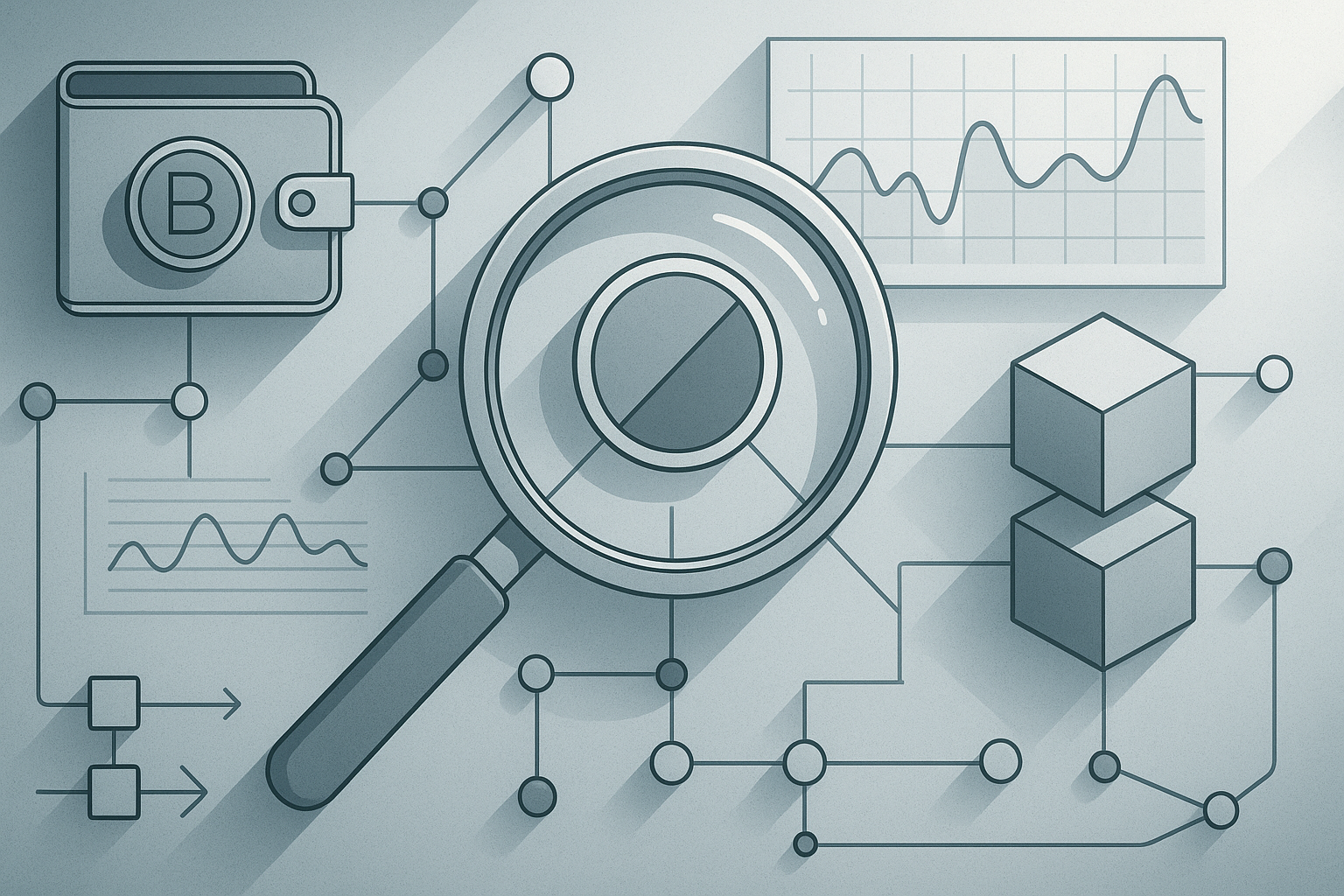Choosing where to store Bitcoin is one of the most consequential decisions a user in Nigeria can make. This guide examines the practical trade-offs between security, convenience, and cost, and explains what to look for when evaluating a wallet.
Become a Doc: Profile Ethereum wallets and discover their behavior.
Use WalletAutopsy.
Why wallet choice matters
Security determines how much control you retain over your funds and how exposed you are to theft or service outages. For many Nigerian users, the ability to move funds quickly across borders, convert to fiat, or hold long term are daily considerations. A wallet is not just software; it defines your recovery options, custody model and operational risk.
Custodial and noncustodial models
Custodial wallets keep private keys under the control of a third party, offering convenience but introducing counterparty risk. They are often easier for on-ramps and fiat conversion, which matter where local bank integration is important. Noncustodial wallets hand private keys to the user, reducing third-party risk while requiring stronger personal key management.
Key features to evaluate
Backup and recovery methods are critical. A clear, tested recovery process reduces the chance of permanent loss. Look for wallets that support standard seed phrases and provide clear guidance on secure storage. Transaction fee controls, such as the ability to set custom fees or use dynamic fee estimation, help manage costs when the network is busy. Additional features like multi-signature support, hardware wallet compatibility, and built-in coin-join or privacy tools may be relevant depending on your priorities.
Mobile, hardware, and web options
Mobile wallets offer convenience for daily use and peer transfers. They typically store keys on the device and can integrate with local payment rails. Hardware wallets provide an isolated environment for signing transactions and are the preferred option for larger holdings or long-term storage. Web wallets and exchange-hosted wallets are convenient for trading but require trust in the provider and robust account protections such as two-factor authentication.
Evaluating fee structure and liquidity
Fees come in several forms: on-chain transaction fees, service or withdrawal charges, and spreads on fiat conversion. Users should compare how different wallets present these costs. In markets where exchanging Bitcoin to local currency is frequent, access to liquidity and transparent conversion rates are practical concerns that influence which wallet delivers the best net outcome.
Privacy and on-chain transparency
Privacy matters for many users. Some wallets expose a single reusable address, while others generate fresh addresses per transaction. On-chain analysis tools make it easier to link activity, so choose a wallet that aligns with your privacy expectations. Awareness of how your wallet handles address reuse and metadata can reduce unnecessary exposure on public ledgers.
Practical recommendations by use case
Everyday transfers favor mobile wallets that are simple to use, support local payment options, and allow quick on-chain broadcasting. For higher-value holdings, pairing a mobile or desktop noncustodial wallet with a hardware device limits online exposure. Custodial services may be appropriate for active traders who need rapid fiat access, provided they accept the trade-off of custodian risk.
Security hygiene for wallet users
Key management is the single most important habit. Users should write seed phrases on durable material and store them separately from internet-connected devices. Enabling device-level security such as passcodes, biometrics, and encryption adds layers of protection. Regularly updating wallet software reduces exposure to known vulnerabilities.
Using analytics and verification
Crypto analytics tools can help users verify receive addresses, check transaction history and confirm network confirmations. These tools are useful for assessing incoming transaction legitimacy and tracking funds when necessary. Relying on analytics can also reveal patterns that suggest compromised keys or unexpected outflows.
How to test a wallet safely
Start small when trying a new wallet: send a minimal amount of Bitcoin first to confirm receipts and recoverability. Verify seed backups by restoring on a separate device before moving larger amounts. Check fee estimates and transaction propagation times. Observing these steps reduces operational risk and builds confidence in the chosen toolset.
Considerations for Nigerian users
Local payment options and customer support responsiveness matter when on-ramps and off-ramps are needed. A wallet that integrates with regional exchanges or provides straightforward methods to convert between fiat and Bitcoin can ease ordinary use. Regulatory and banking practices influence which services are accessible, so selecting a wallet with clear terms and reliable customer channels helps mitigate service interruptions.
Closing guidance
Choice depends on how you balance security, convenience and cost. For many users in Nigeria a mixed approach—using a hardware device for savings and a trusted mobile wallet for daily transactions—offers a practical balance. Periodically reviewing the wallet's security features and staying informed about on-chain activity will keep control in the hands of the user.
Final note: no single wallet fits every need. Evaluate custody, recovery, fees, and support before committing substantial funds. Practical testing and disciplined key management remain the best defenses against loss.
